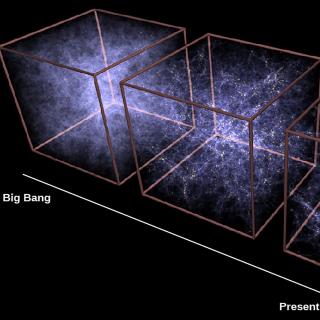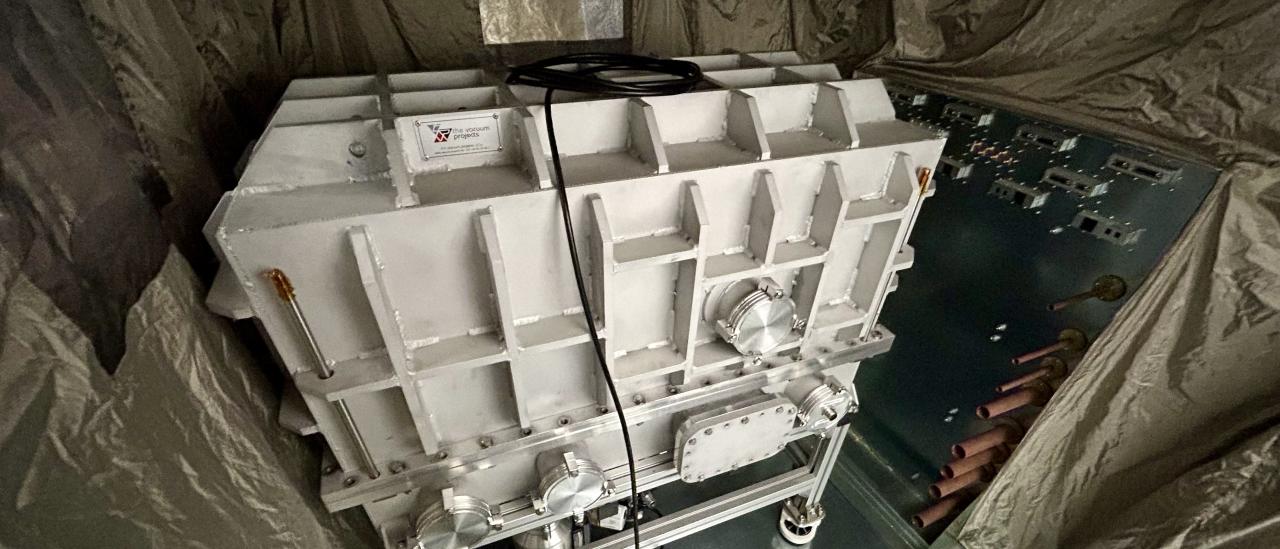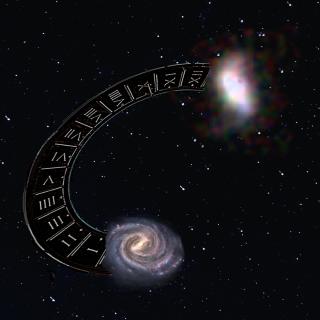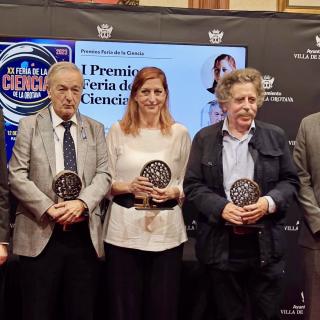The annual meeting of the DALI (Dark-photons & Axion-Like particles Interferometer) experiment, an international collaboration to develop an astroparticle detector for the first direct observation of dark matter, was held on 7 and 8 February at the IAC headquarters in La Laguna.
The various proofs of concept carried out over the last few years have given rise to a prototype, manufactured at the IAC's instrumentation facilities, whose first scientific results are expected to be published soon.
The main goal of DALI is to search for dark matter axions and paraphotons in a spectral range that has remained largely unexplored to date. Theorised in the late 1970s, the axion is a hypothetical light-mass particle that interacts very weakly with standard particles, and is therefore considered a very promising dark matter candidate.
Dark matter is a fundamental constituent of the Universe with which ordinary matter interacts very weakly, so although there is indirect evidence of its existence, it is very difficult to detect directly. Its discovery could explain the anomalies observed in the rotation curves of spiral galaxies or why the formation of structures in the Universe has evolved in the way it has done so far, among many other enigmas.
The meeting, organised by the IAC, was attended by a dozen participants from different research centres, including the RIKEN institute, the Centre National de la Recherche Scientifique (CNRS), the Conseil Européen pour la Recherche Nucléaire (CERN) and Messiah University.

The detection of the axion would be one of the most important events in the history of science. This hypothetical particle can simultaneously solve two fundamental questions of modern physics: the problem of violation of charge-parity (CP) symmetry in the strong interaction and the mystery of dark matter. The axion couples to photons. The search

The detection of the axion would mark a key episode in the history of science. This hypothetical particle could resolve two fundamental problems of Modern Physics at the same time: the problema of Charge and Parity in the strong interaction, and the mystery of dark matter. However, in spite of the high scientific interest in finding it, the search at high radio frequency -above 6 GHz- has been almost left aside for the lack of the high sensitivity technology which could be built at reasonable cost. Until now.




